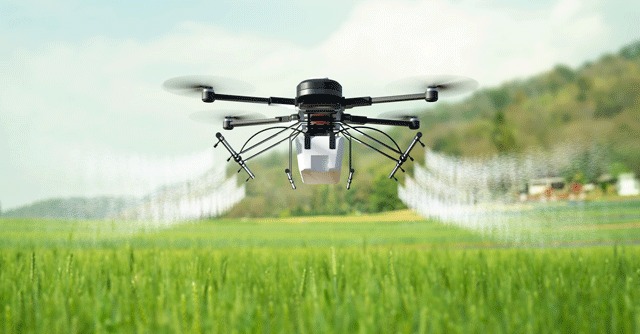In recent years, the fusion of artificial intelligence (AI) with drone technology has transformed how unmanned aerial vehicles (UAVs) operate. AI-powered drones are no longer just remote-controlled gadgets—they are autonomous, intelligent systems capable of performing complex tasks across a variety of industries. From agriculture to defense, and from delivery services to disaster response , AI is propelling drone capabilities to new heights.
What Are AI-Powered Drones?
AI-powered drones are UAVs embedded with machine learning algorithms, computer vision, and real-time data processing systems. These technologies allow drones to analyze their environment, make decisions, and adapt to changing conditions without human intervention. By integrating AI, drones can fly autonomously, avoid obstacles, track objects, and even collaborate with other drones.
Key Features and Capabilities
1. Autonomous Navigation
Traditional drones require human operators for navigation, but AI drones can chart their own path using GPS, inertial sensors, and onboard cameras. They use simultaneous localization and mapping (SLAM) techniques to build and understand environments in real-time.
2. Object Detection and Tracking
With computer vision and deep learning, AI-powered drones can detect and track objects, people, vehicles, and animals. This feature is widely used in surveillance, wildlife monitoring, and search-and-rescue missions.
3. Predictive Analytics
AI enables drones to analyze collected data and forecast outcomes. In agriculture, for instance, drones can predict crop yields and detect early signs of disease or pest infestation.
4. Collaborative Swarming
Advanced AI algorithms allow multiple drones to work together in a swarm, sharing data and coordinating actions. This technology is particularly useful in defense operations, environmental monitoring, and large-scale surveying.
Applications Across Industries
● Agriculture
AI-powered drones monitor crop health, manage irrigation, and apply fertilizers with precision. They reduce manual labor and optimize resource usage, leading to increased productivity.
● Logistics and Delivery
Companies like Amazon and UPS are testing AI drones for last-mile delivery. These drones can calculate optimal flight paths and avoid obstacles in real-time, ensuring faster and safer deliveries.
● Disaster Management
In emergencies, drones equipped with AI can quickly assess damage, locate survivors, and deliver essential supplies to inaccessible areas, significantly improving response times.
● Military and Defense
AI drones are used for surveillance, reconnaissance, and tactical missions. They can detect threats, follow targets, and provide real-time intelligence to ground forces.
● Infrastructure Inspection
From inspecting power lines to monitoring construction sites, AI-powered drones streamline inspection processes and enhance safety by reducing the need for human workers in hazardous environments.
Challenges and Ethical Considerations
Despite their promise, AI drones raise concerns about privacy, security, and ethical usage. There’s a growing need for clear regulations governing their deployment, especially in civilian spaces. Ensuring that AI decisions remain transparent and free from bias is also a critical area of focus.
The Future of AI-Powered Drones
As AI algorithms become more sophisticated and hardware continues to advance, drones will become even more autonomous, efficient, and integrated into everyday life. Future innovations may include self-repairing drones, enhanced swarm intelligence, and seamless air traffic integration with manned aircraft.
